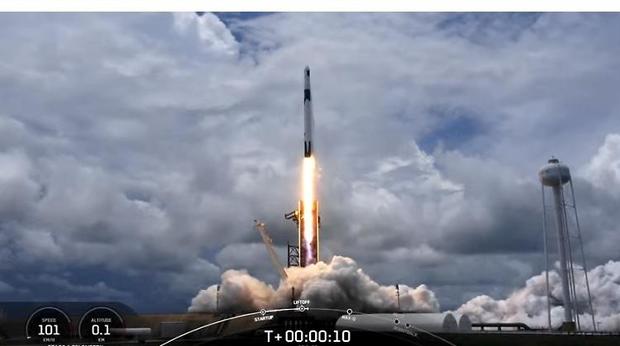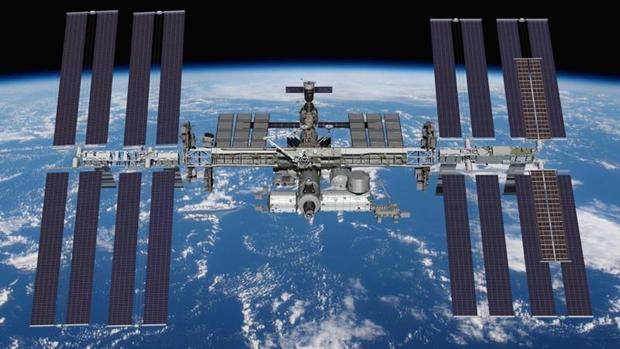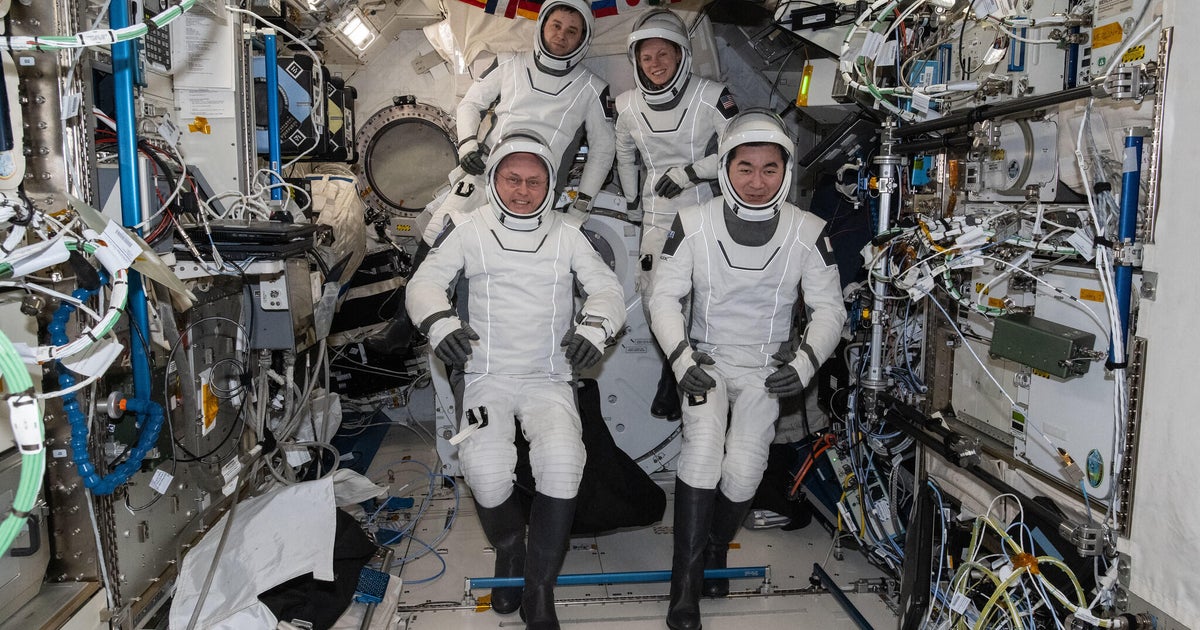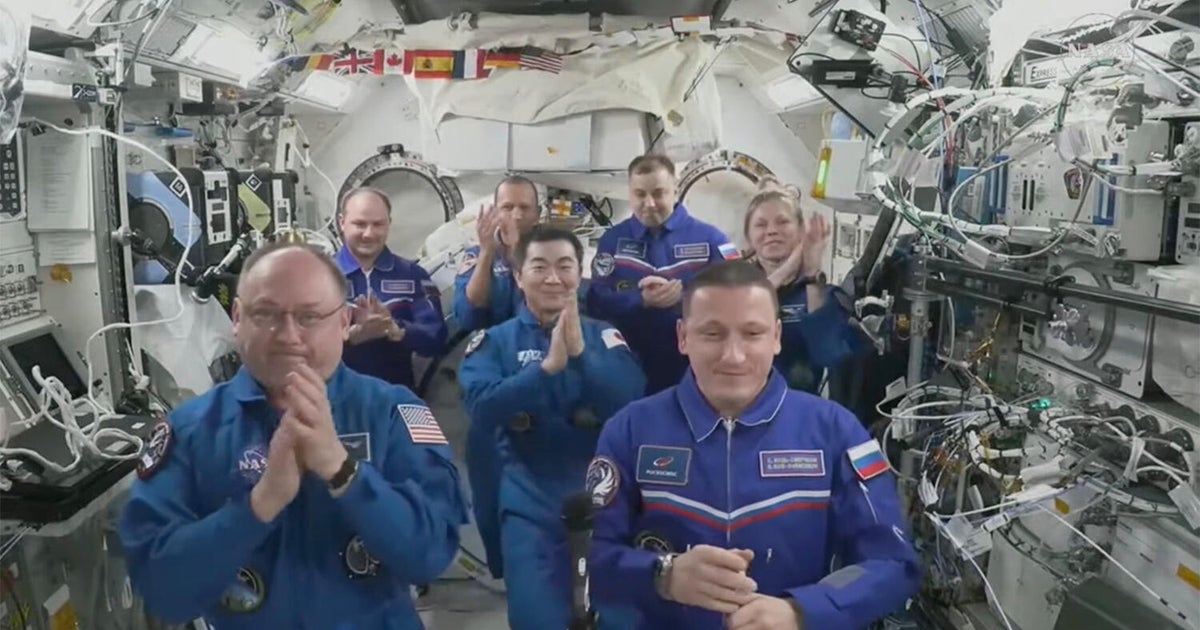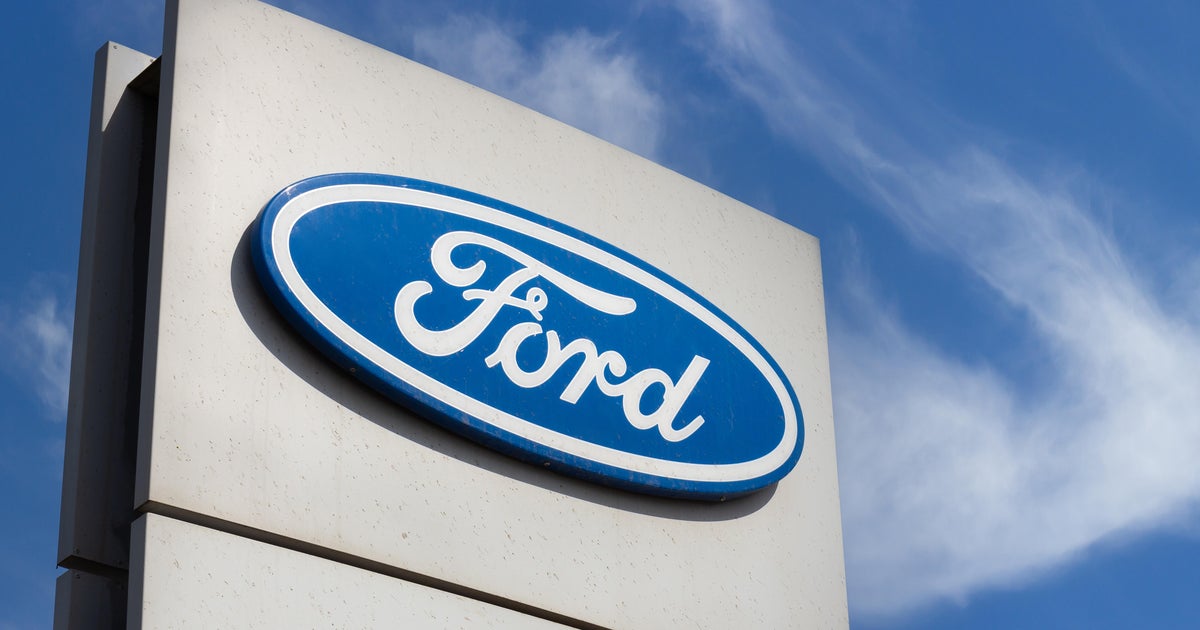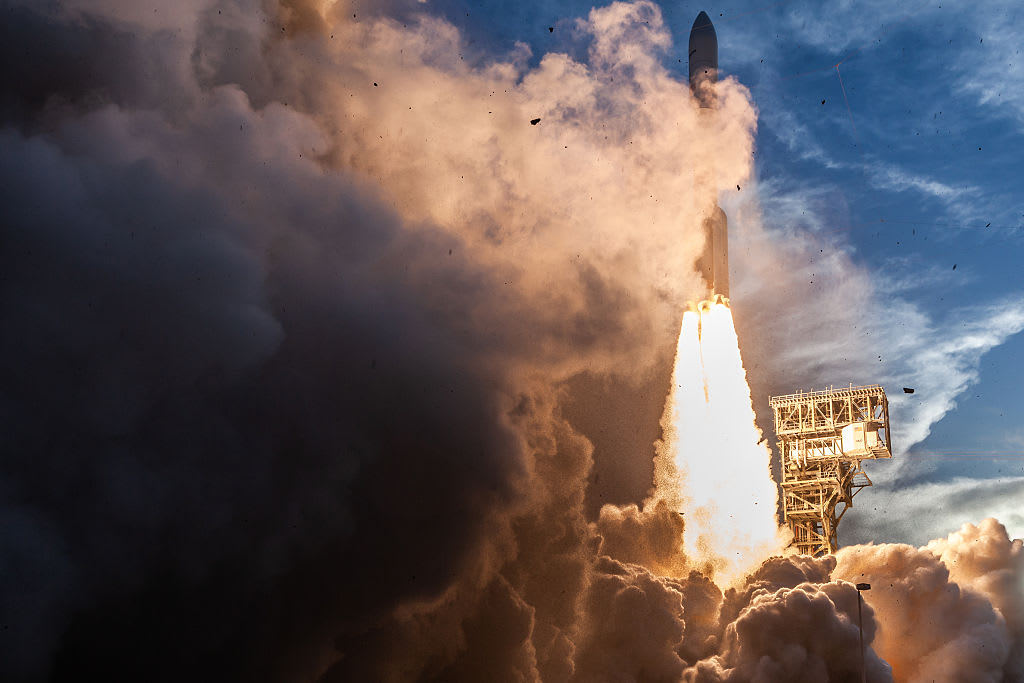SpaceX launches solar arrays to space station for power system upgrade
A SpaceX Falcon 9 rocket thundered away from Florida Thursday and set off after the International Space Station carrying more than 7,000 pounds of supplies, science gear and other hardware, including the first two of six new roll-out solar wings to boost the lab's power.
Rolled up under tension like tightly bound 10-foot-wide carpets, the new arrays will be mounted at an angle to the lab's existing solar wings, unfurling on their own after latches are released, using the stored "strain energy" in uncoiling carbon composite booms on either side.
"They don't want to be rolled up, they want to deploy out," said Andrew Rush, president and chief operating officer of Redwire, the parent company that supplied the new arrays under contract to Boeing. "We just release the restraining mechanism and they, via their own strain energy, deploy out. ... It cuts down on the complexity."
The new arrays will augment the eight larger wings that are part of the station's original equipment, making up for age-related degradation. Once all six new arrays are installed in a $103 million upgrade, overall power generation will be boosted 20 to 30 percent, roughly matching the output of the original arrays when they were new.
"The new solar arrays ... allow us to continue the science and research programs we have on board," said Joel Montalbano, space station program manager at the Johnson Space Center in Houston.
"We're also working with a company called Axiom Space to add a module to the International Space Station, and this allows us to have enough power for that additional module and the other international partners ... to maximize the use of the International Space Station. These new arrays give us that capability."
Making SpaceX's 22nd cargo run to the space station, the nine Merlin engines powering the Falcon 9's first stage ignited and throttled up to 1.7 million pounds of thrust at 1:29 p.m. EDT, pushing the rocket away from pad 39A at the Kennedy Space Center atop a rush of brilliant exhaust.
Rapidly accelerating as it consumed propellants and lost weight, the 215-foot-tall rocket climbed directly into the plane of the space station's orbit, shooting away on a northeasterly trajectory tilted 51.6 degrees to the equator.
Two and a half minutes after launch, the first stage fell away and headed for a successful landing on an off-shore drone ship to chalk up SpaceX's 86th successful booster recovery and its 64th at sea.
In what has become a rarity for SpaceX, which routinely recovers and reflies its boosters, it was the first flight for the latest addition to the company's fleet of reusable rockets.
The Falcon 9's second stage, meanwhile, carried out a six-minute burn of its own, putting the Cargo Dragon capsule into orbit. If all goes well, the spacecraft will fly itself to a docking at the station's forward Harmony module early Saturday, arriving around 5 a.m.
The capsule's pressurized cabin, the section accessible to the station crew, is packed with nearly 4,300 pounds of cargo including 750 pounds of astronaut supplies, more than 2,000 pounds of research equipment and material, 760 pounds of space station hardware and about 250 pounds of spacewalk gear and computer equipment.
The crew supplies also include fresh apples, oranges, cherry tomatoes, onions, lemons, peppers and avocados, along with coffee, tea and other menu items.
The ISS Roll-Out Solar Arrays, or iROSA, wings were mounted in the Cargo Dragon's unpressurized trunk section. After docking at the space station, the lab's robot arm will pull them out and position the panels at the far left end of the station's main power truss.
On July 16 and 20, astronauts Shane Kimbrough and European Space Agency crewmate Thomas Pesquet plan to float outside for two spacewalks to attach the IROSA panels to mounting brackets at the base of the left-most, or P6, set of original solar arrays.
Once in place and plugged into the station's circuitry, the restraints holding the new arrays in their rolled-up configuration will release and the panels will unwind on their own in about 10 minutes, stretching a full 60 feet when fully deployed and tilted by about 10 degrees to the original arrays.
The new arrays are smaller than the station's original wings, which stretch 120 feet from top to bottom. Rush said the iROSA arrays are more densely packed with solar cells than the original panels and the cells themselves are based on newer, more efficient technology.
"We're able to leverage those improvements and efficiencies in power generation to augment the power of the ISS significantly without putting arrays out that are the same (size)," Rush said.
The next two iROSA panels are expected to launch on SpaceX cargo mission No. 25 in next April. The final two wings will go up on the next SpaceX cargo flight, No. 26, in October 2022.
The iROSA arrays are built for NASA under contract to Boeing, the station's prime contractor, by Redwing subsidiary Deployable Space Systems using solar cells supplied by Boeing subsidiary Spectrolab.
